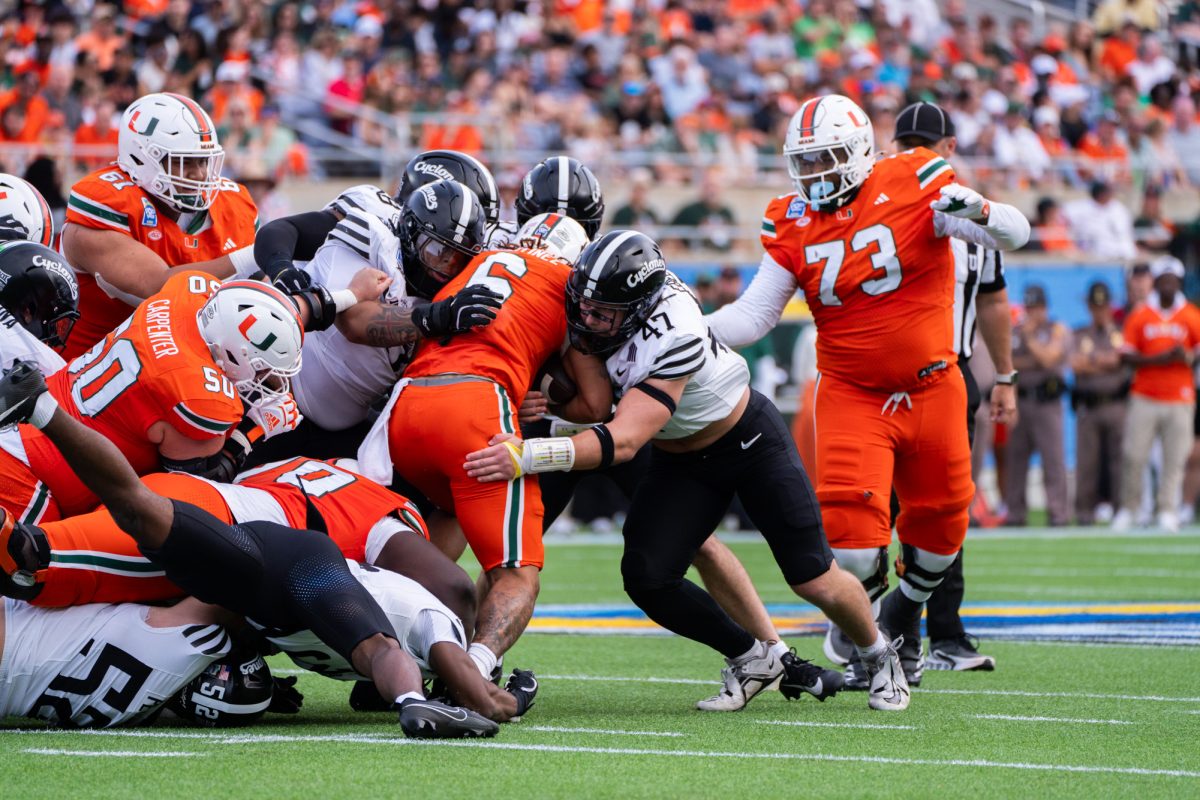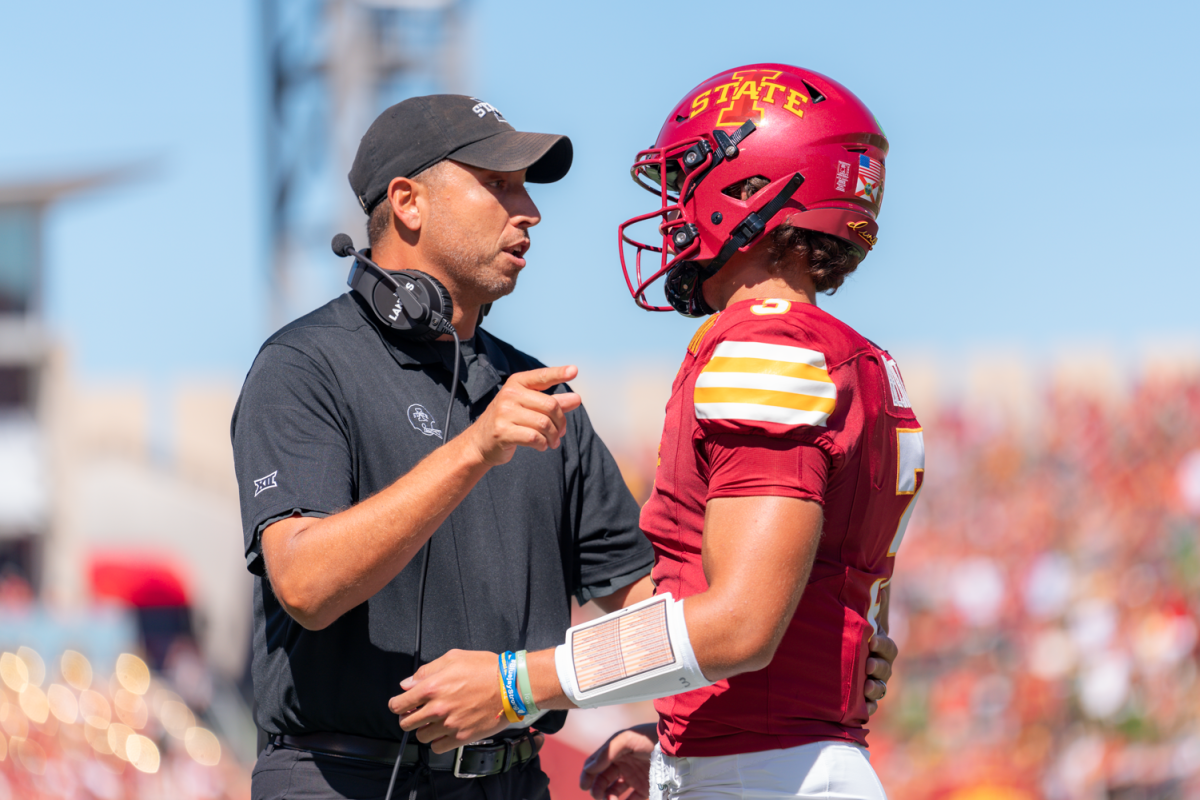Six universities join for master’s program
April 4, 2001
Earning a master’s degree today is more convenient than ever before.
As a result of computer technology, the ISU College of Family and Consumer Sciences is offering Internet courses for students pursuing a master’s degree in family financial planning. The college is working with departments at Kansas State, the University of Nebraska, North Dakota State, South Dakota State and Montana State to provide the program.
Together, the six universities make up a part of the 10-school Great Plains Interactive distance Education Alliance.
The alliance sponsors workshops using various techniques of instruction. The family financial planning program emerged as the first of several degree and certification programs being planned.
Mary Winter, FCS associate dean of research and graduate education, said the program is recognized by the Board of Examiners of the Certified Financial Planner Board of Standards.
“Once the master’s degree is obtained, a person becomes eligible for the Certified Financial Planning exam,” she said. “This would allow the person to become a certified financial planner.”
Winter said 42 credit hours, without electives, are required for the program, and one or two classes are offered at each university.
Elizabeth Harringa, graduate student in family and consumer sciences, said she is working toward her master’s degree in family financial planning through the new program.
“The program is designed for full-time workers who would like to receive a master’s degree but don’t have time to attend traditional classes,” she said. “Each semester, the student only takes one class.”
The program is being phased into action over three years, Winter said.
Charles Hatcher, assistant professor of human development, said he will be teaching a course on investments this fall.
“Students apply at one university,” he said. “However, all the classes offered by the different universities are offered over the web. When students register for class, they register with the university the course is offered through.”
Credits are transferred to the student’s original university of choice to receive the school’s degree. “There is more participation in a Web class than in a regular class,” Harringa said. “This is a wonderful way to get great input and feedback from the members of your class. In some of my graduate classes at ISU, one could get away with nodding your head in agreement. Not in web-based classes – I think I learn more in a web-based class than I do in a regular class.”






